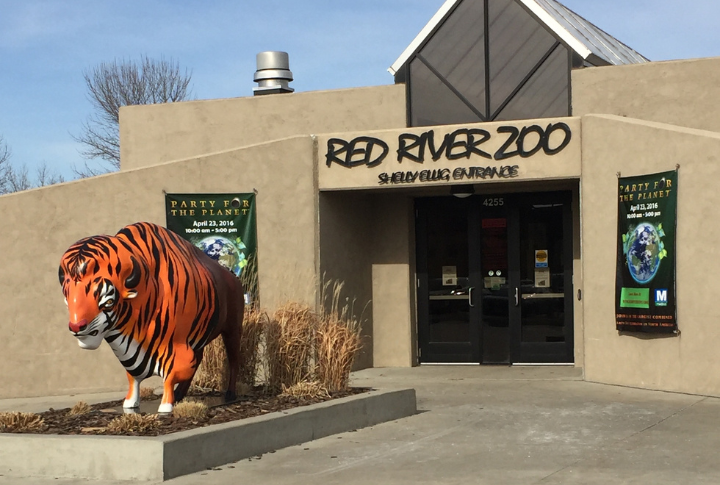
Crowded zoos often feel like theme parks rather than places to connect with nature. Smaller wildlife parks often go unnoticed, yet they provide a different kind of magic—a quiet moment watching a red panda nap or a hands-on encounter with a curious sloth. These ten small zoos deliver unique experiences that deserve a place on your travel list.
Charles Paddock Zoo, California
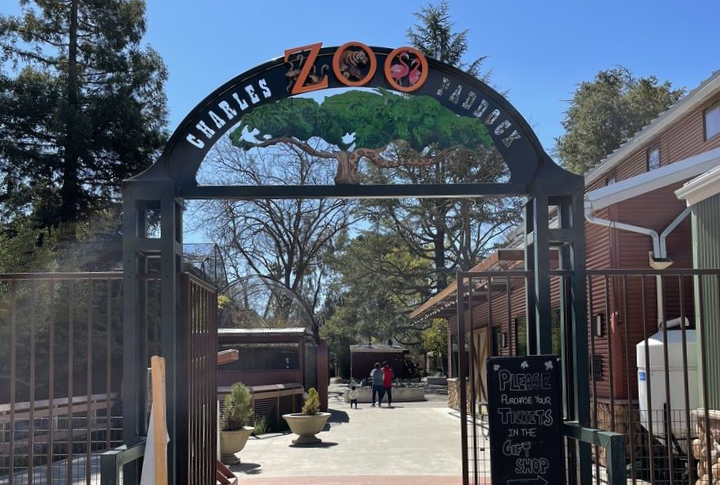
Few places let you admire Malayan tigers, meet a fossa, and learn about species facing extinction—all within an hour’s walk. Charles Paddock Zoo takes conservation seriously, housing endangered animals while fostering global partnerships. Its intimate setting also allows a deeper appreciation of rare wildlife without overwhelming crowds.
Scovill Zoo, Illinois
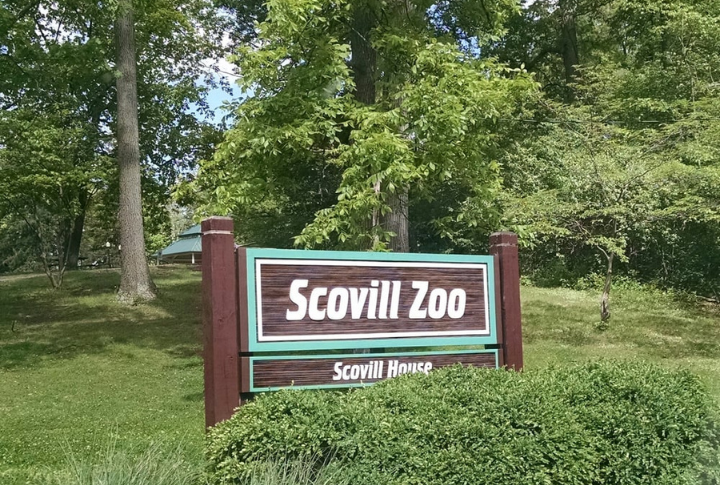
Enter a space where exotic creatures roam, all inside a surprisingly compact area. Scovill Zoo is home to over 400 animals representing nearly 100 species, such as red wolves and howler monkeys. The exhibits focus on education and protection, especially for endangered species.
Red River Zoo, North Dakota
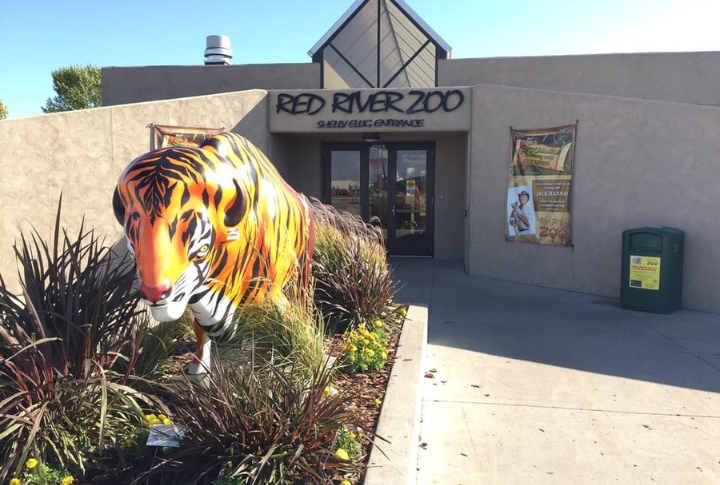
Cold-climate creatures thrive in this hidden grassland gem. Rare red pandas, Sichuan takins, and resilient species like Pallas’ cats and river otters also inhabit the space. With fewer visitors than big zoos, it offers an intimate wildlife experience. Open year-round, even winter can’t dim its appeal.
Buttonwood Park Zoo, Massachusetts

Founded in 1894, Buttonwood Park Zoo highlights New England’s native wildlife with a strong focus on sustainability. Visitors can observe black bears roaming or seals diving in eco-friendly habitats. Its compact size gives you a quiet, meaningful experience where conservation and local species share the spotlight.
Henson Robinson Zoo, Illinois
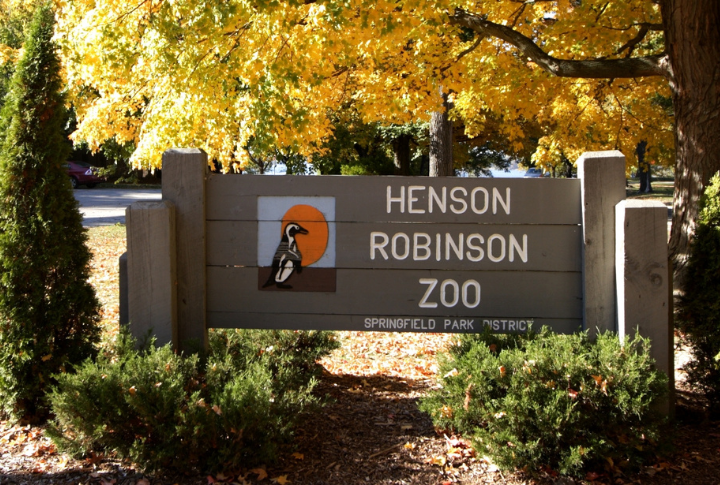
Over 80 species inhabit the quiet, shaded grounds of Henson Robinson Zoo. Kangaroos hop through their enclosure while African servals move with ease. Additionally, educational events change throughout the year, so there’s always something new to learn. Families can enjoy interactive animal activities, which make every visit exciting and memorable.
Ellen Trout Zoo, Texas
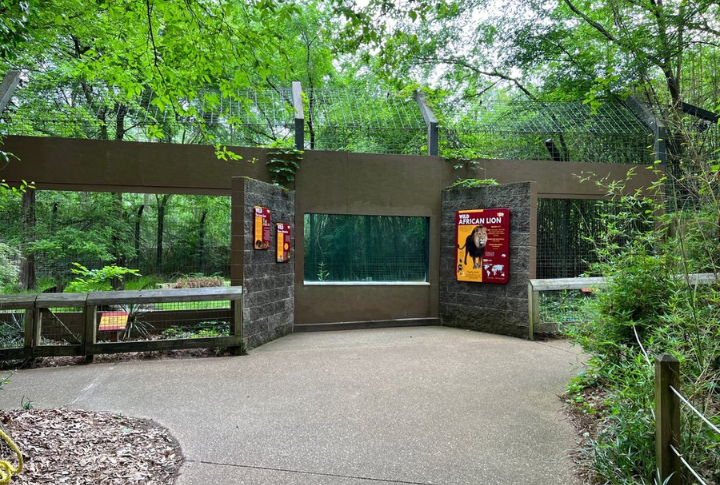
Are you tired of seeing the same animals at every zoo? A hidden Texas treasure offers a fresh experience with pygmy hippos and tapirs. Lush greenery surrounds every path and creates a peaceful atmosphere. Then, you have a vintage train ride that circles the zoo and the nearby park, adding a touch of nostalgia to the visit.
Alabama Gulf Coast Zoo, Alabama
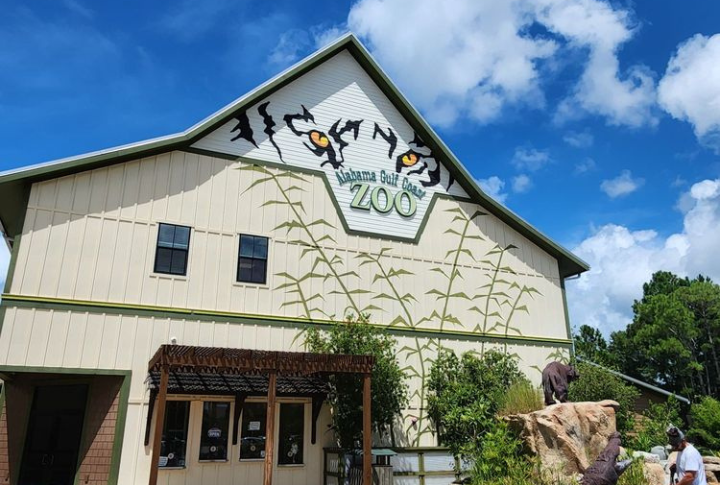
Known as “The Little Zoo That Could,” this Gulf Shores destination has weathered hurricanes and relocated to become a resilient wildlife haven. Lemurs leap through treetops while sloths lounge quietly above. Nearby, kangaroos greet guests up close, adding a playful energy to the zoo’s laid-back, Southern character.
Brights Zoo, Tennessee
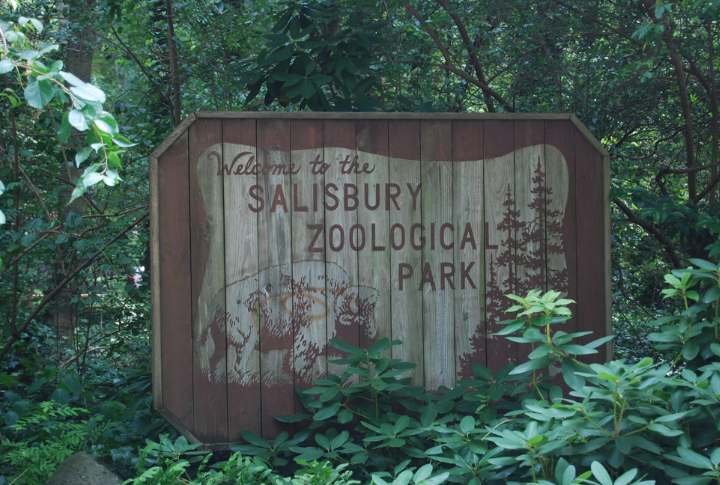
Shebly K./YelpLocated in rural Tennessee, this private zoo offers a rare glimpse at exotic wildlife, which includes one of the few U.S. collections of okapis. The thoughtfully designed enclosures provide a natural setting, and a family-run atmosphere invites a relaxed experience, far from mainstream tourism.
Salisbury Zoo, Maryland
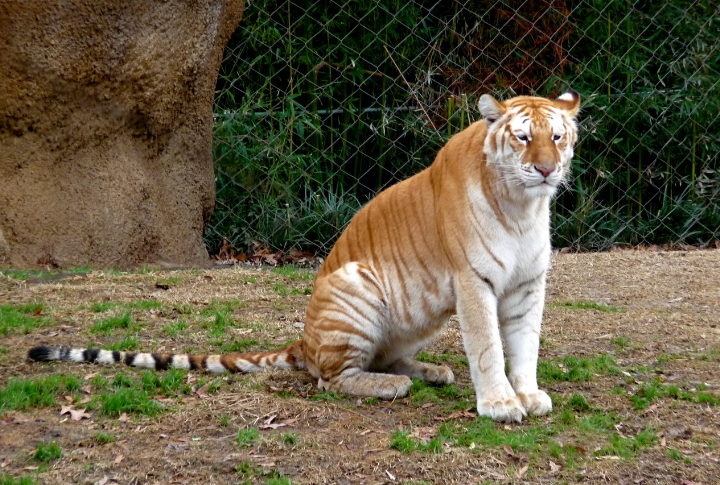
Free zoos aren’t usually this good, but Salisbury somehow pulls it off. Jaguars and river otters roam through naturalistic spaces that closely resemble their wild environments. The setting feels more like a peaceful nature walk than a crowded attraction, making it quite engaging.
Cosley Zoo, Illinois
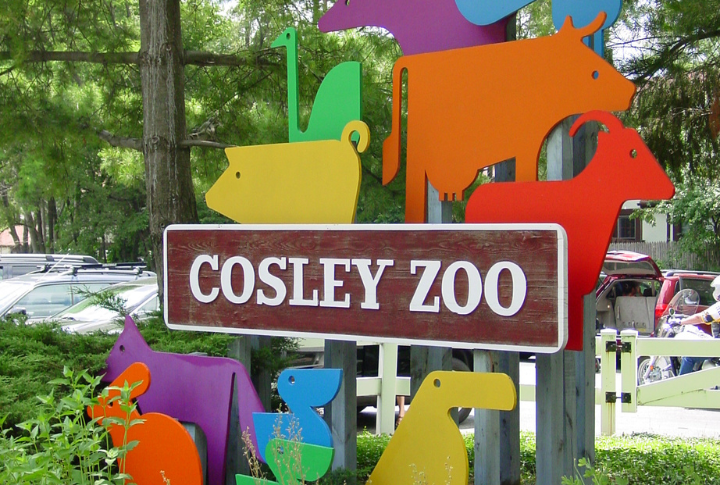
Why travel to another country when native wildlife awaits? Cosley Zoo blends farmyard charm with Illinois conservation efforts, featuring bobcats, red foxes, and rescued raptors. An old train station repurposed into an education center adds historical depth. Plus, interactive feeding areas make it a favorite for young explorers.
